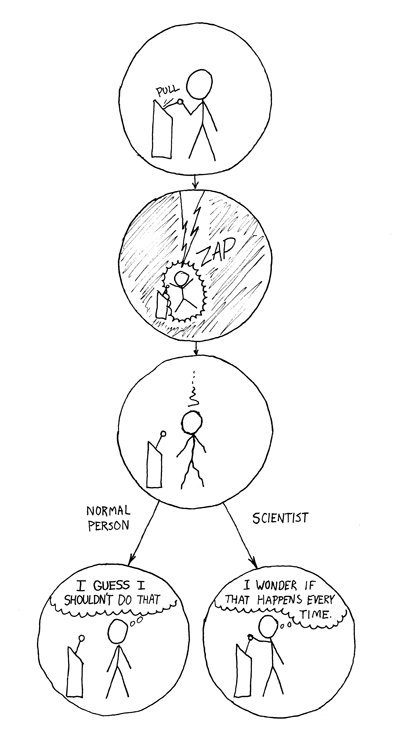I have just had an interesting conversation with an NGO network who have been developing some criteria to: (a) help speed up the approval and release of funding in humanitarian emergencies, but (b) at same time minimising risk of poor use of those funds.
They think these criteria are useful but are not entirely sure whether those seeking funding will agree. So they are exploring ways of testing out their applicability through a wider consultation process.
One way doing this, which we have been discussing, involves the use of ParEvo.org. The plan is that a group of participants representing potential grantees will develop a set of storylines which starts off with a particular organisation seeking funding for a particular humanitarian emergency. Then a branching structure of possible subsequent storyline developments will be articulated through the usual ParEvo process
After those storylines been developed there will be an evaluation phase, as is common practice now with most ParEvo exercises. At this point the participants will be asked two generic types of questions ( and variations on these), as described below:
1. Which of the criteria in the current framework would be most likely to help avoid or mitigate the problems seen in storyline X? (Answer=Description & Explanation)
- and if the answer is none, are there any other criteria that could be included in the framework that might have helped?
2. Which of the storylines in the current exercise would have most benefited by criteria X in the current framework, in the sense of problems described there would have been avoided or mitigated. (Answer=Description & Explanation)
- and if the answer is none, does this suggest that the criteria is irrelevant and could be removed?
Stay tuned for if and when this idea flies, then soars or crashes
 |
| Courtesy https://xkcd.com/ |


No comments:
Post a Comment